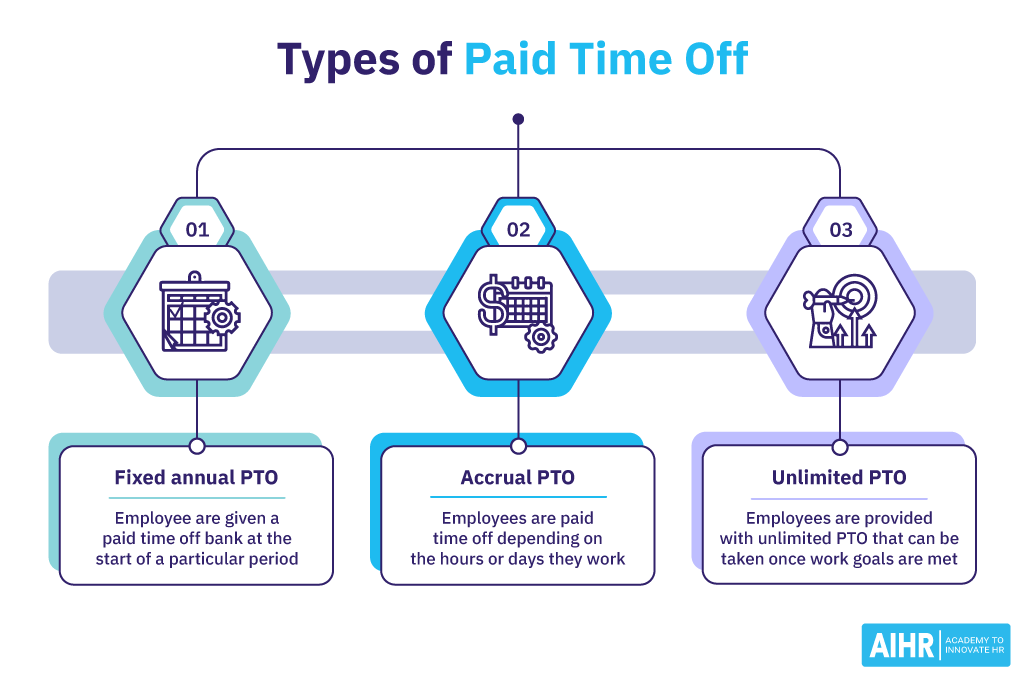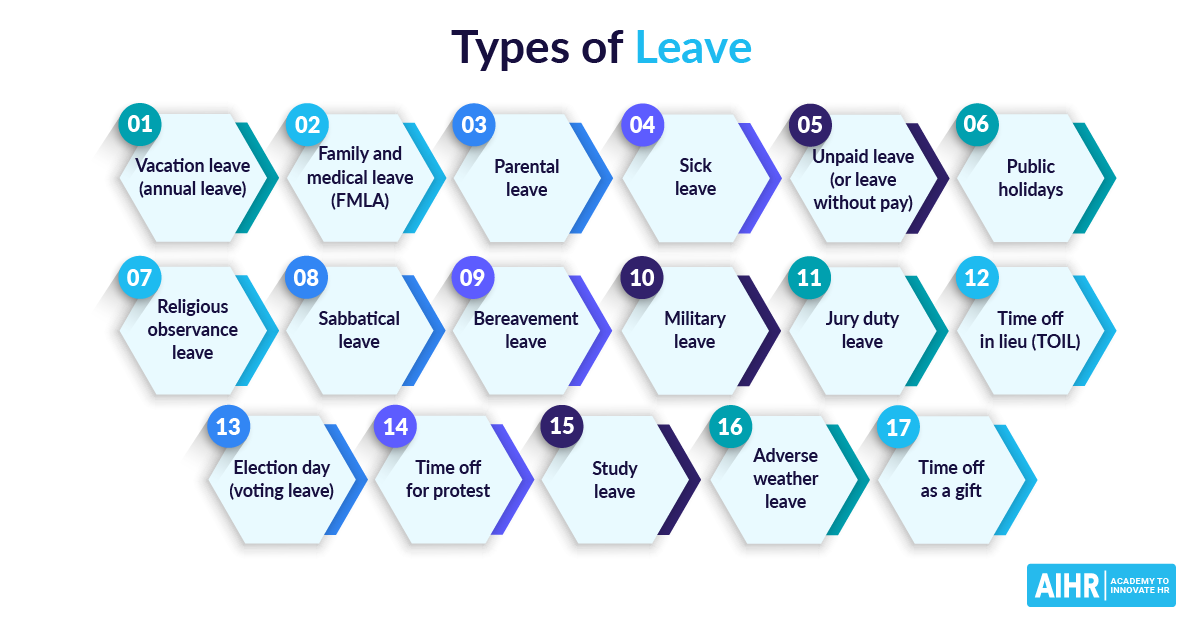Paid Time Off
What is paid time off (PTO)?
Paid time off, commonly abbreviated as PTO, is the time employees take off work while receiving regular payments. It does not include times when the employee is telecommuting or working remotely. Typically, PTO policies will combine personal, sick, and holiday days.
Companies structure their paid time off policies depending on various factors – including the industry and size of the company. However, having a strong policy helps protect your bottom line by attracting and retaining top talent. Most employees also use PTO to boost morale and increase productivity while combating employee burnout.
Compared to the US where employees get an average of 15 PTO days per year, other European countries are much more generous. France requires employees to get a minimum of 30 paid-off days per year, the same as Spain. The United Kingdom comes close with 28, while Denmark, Austria, Norway, Sweden, and Finland all provide 25.
HR tip
There is no legal minimum requirement for PTO in the United States.
What is the difference between paid time off and vacation days?
Paid time off is the time employees get paid while not at work, which makes it more all-compassing compared to vacations. While all vacation is technically PTO, not all paid time off is vacation.
With vacation time, an employee receives a specific amount of days off every year solely for vacation. These days may roll over the next year when left unused. However, some companies pay an employee for unused vacation days.
PTO includes any days that an employee needs or wants to take off. Days such as parental leave, holidays, and sick days may be included – depending on the company’s paid time off policy.
How to calculate paid time off
The following methods can help you calculate paid time off for each employee:

Fixed annual PTO days
With this method, every employee is given a PTO bank at the start of a particular period. For instance, you can provide 26 paid time off days per year. Employees can use them for personal leave, sick days, and vacation time.
PTO accrual method
With the PTO accrual method, an employee gets paid time off depending on the hours or days they work. For instance, an employee may gain 160 hours of PTO for every 2000 hours of work they put in during the year. The accrual rate would, therefore, be 0.08 PTO hours for every working hour.
Unlimited PTO
Although a relatively new concept, unlimited PTO offers more flexibility for employees. It works on performance rather than attendance. An employee earns the right to take time off work when they meet their goals and expectations.
HR tip
The younger generations of workers seem to prefer unlimited PTO to traditional benefits such as paid sabbaticals and wellness programs. It is also equally easier to manage than rollovers and accruals, which makes it an excellent option for smaller HR teams.
What HR should consider for the paid time off policy
Here is what you should consider when maximizing the effectiveness of your paid time off policy:
- Decide on paid time off days every employee can take per year. Equally, consider which holidays employees can take off without using their personal PTO.
- Handle paid-off time requests through a requests form. Doing this allows employees to formally ask for scheduled absences from work. It helps with record-keeping while allowing the HR team to keep track of when time off is taken.
- Time limitations on the use of PTO days. Will you set an expiry date, or will it roll over to the next year? Ensure you’re compliant with the local laws and regulations and include this information in your paid time off policy to make things clear for employees.







